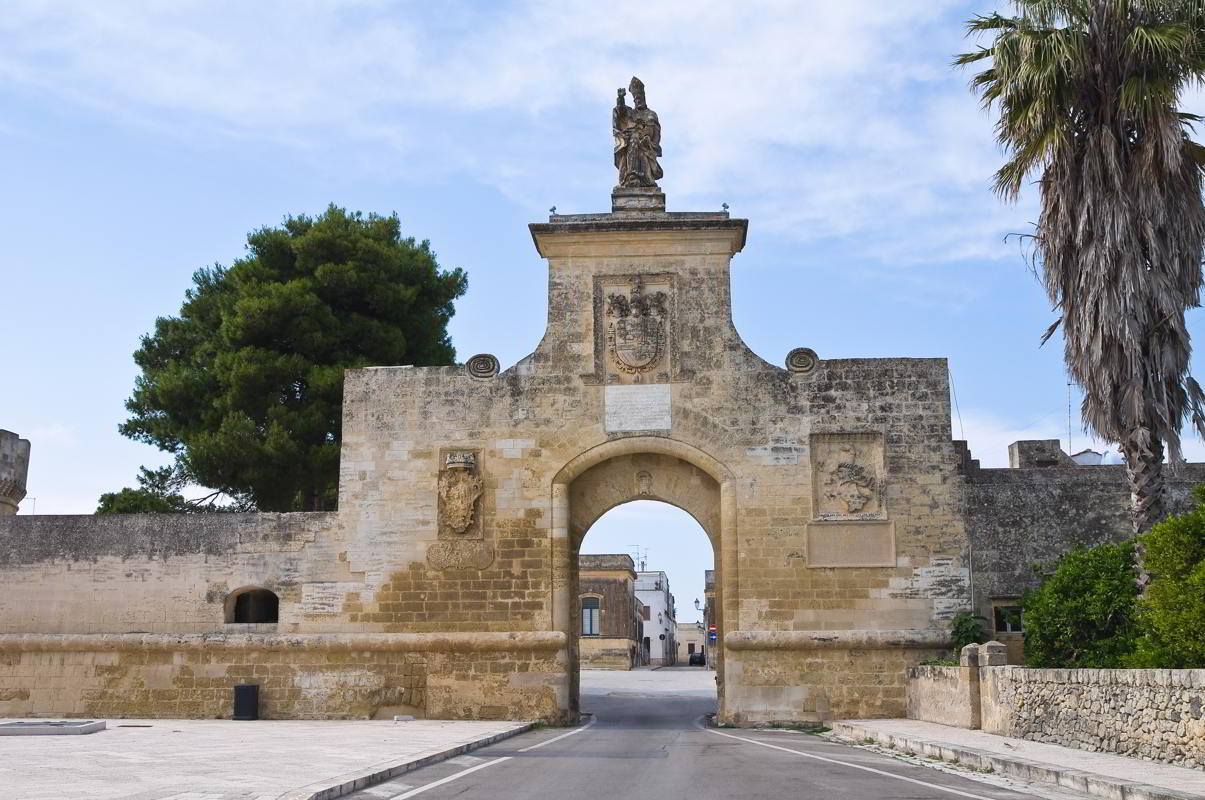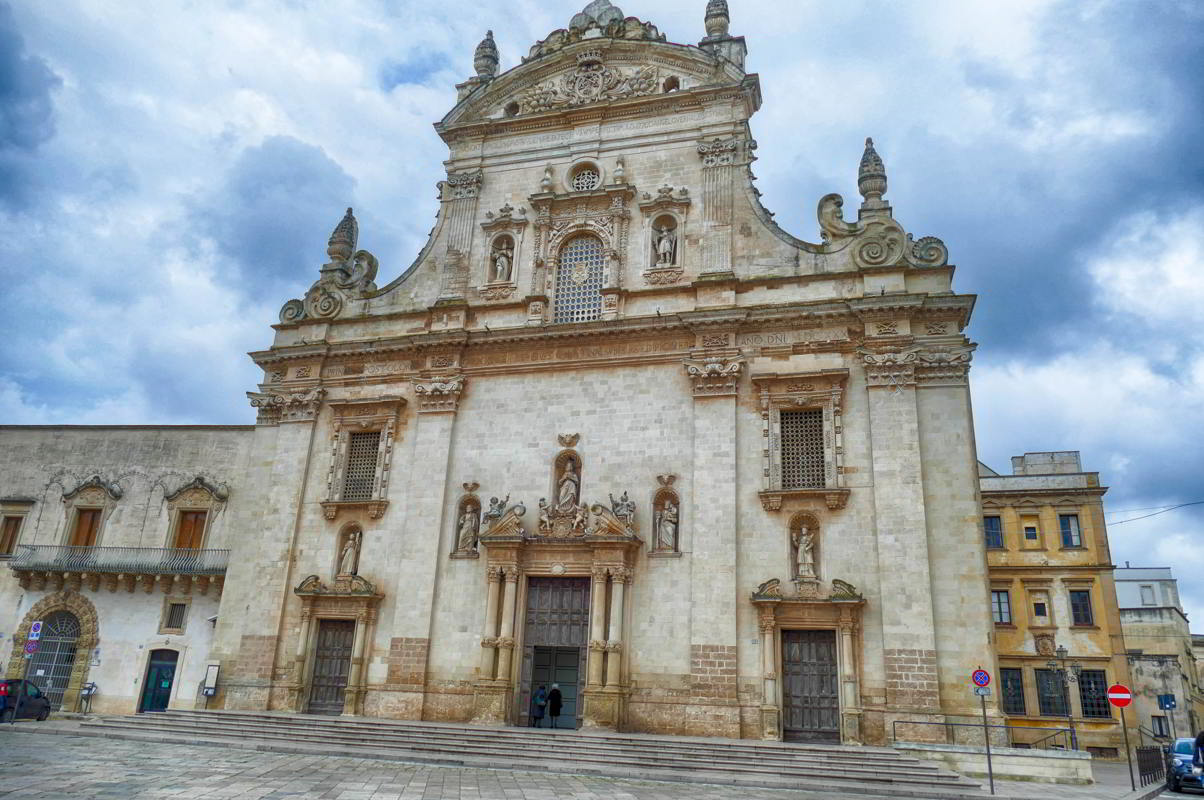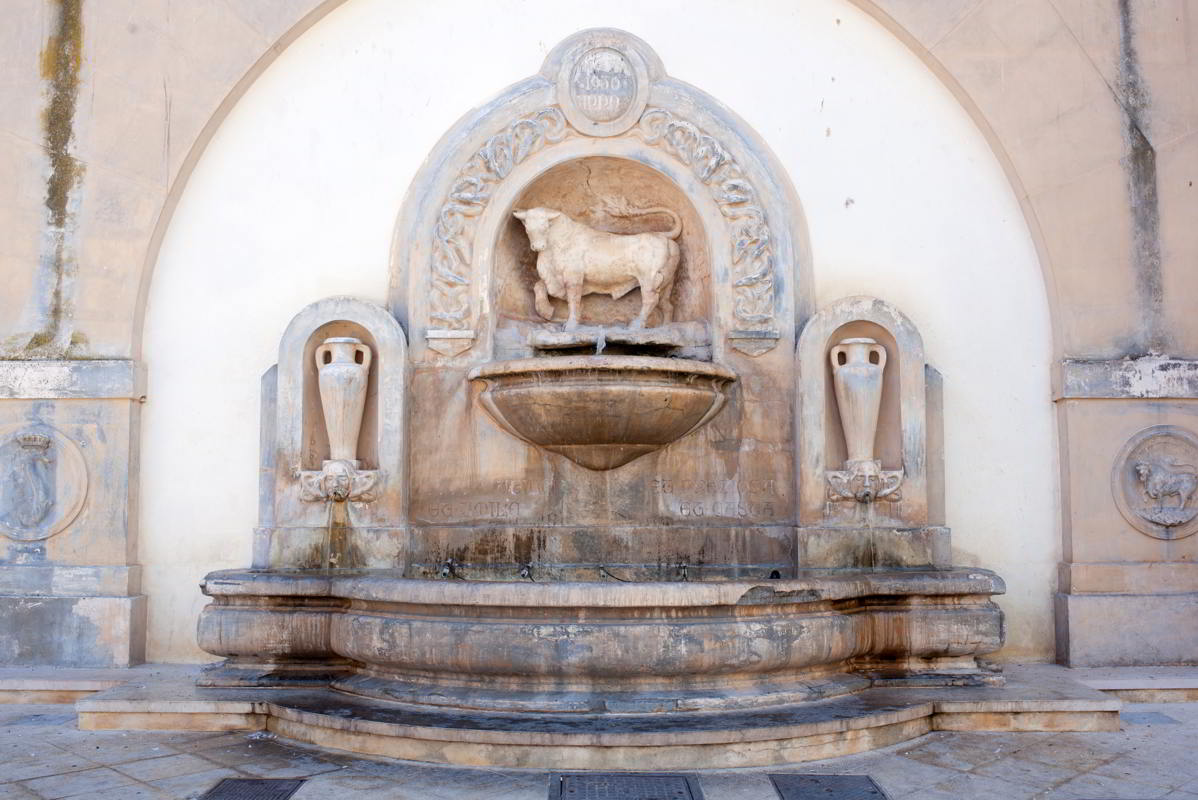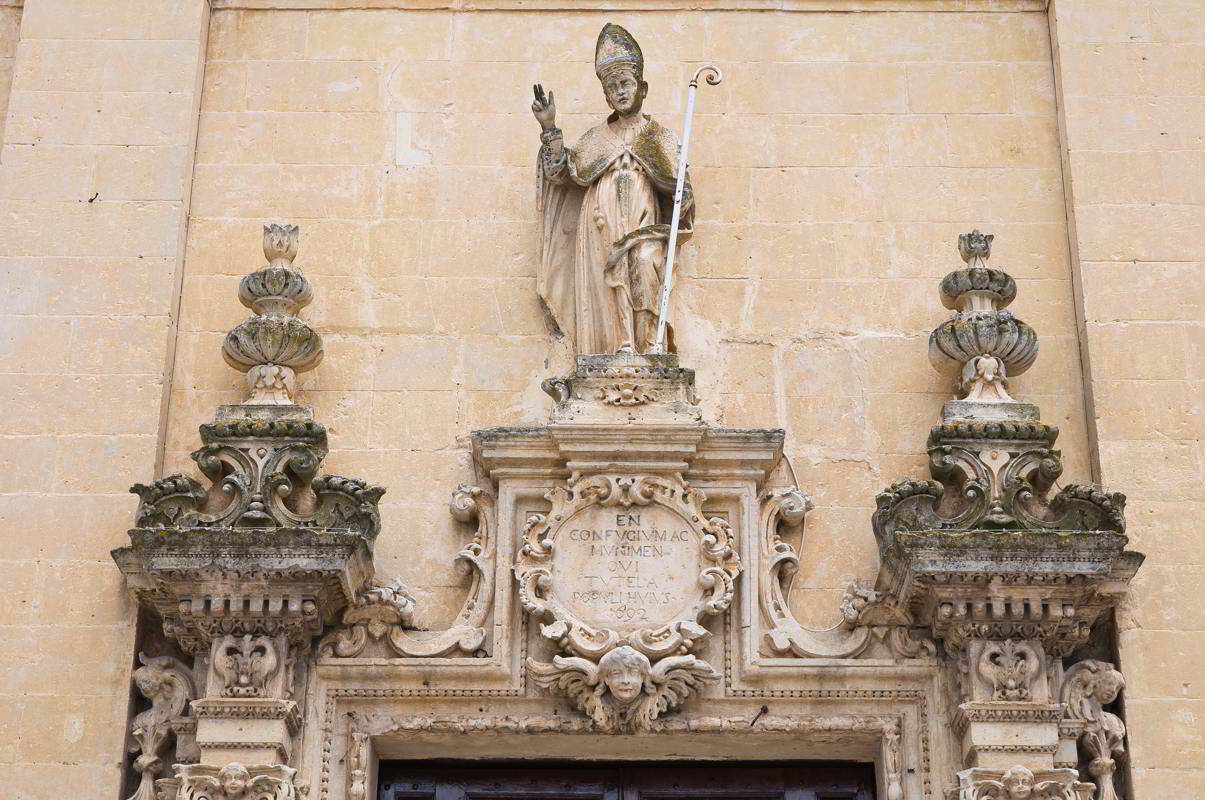Acaya
The first stop-over, Acaya, is a lovely community with less than 500 inhabitants. It is not by the sea, but nonetheless is a jewel from different perspectives: historical, naturalistic, architectural. Acaya is a rare example of fortified citadel with a medieval structure which allows visitors a real immersion in the past. Among the main attractions, the Renaissance castle and entrance gate. A good number of buildings in the centre had the specific goal to defend citizens at that time from the frightening Saracen raids. Moreover, in the surroundings of Acaya there is the uncontaminated and protected oasis called Le Cesine.



